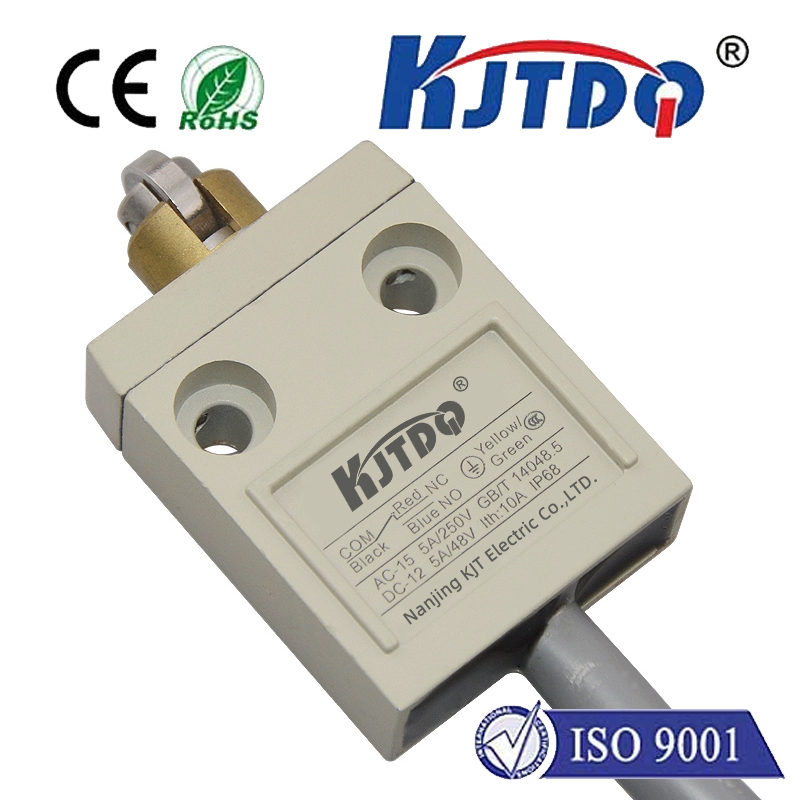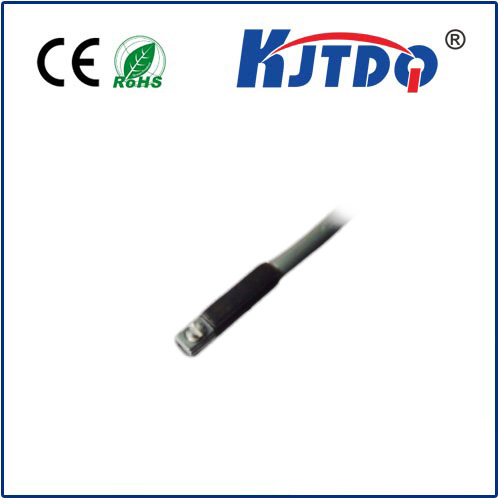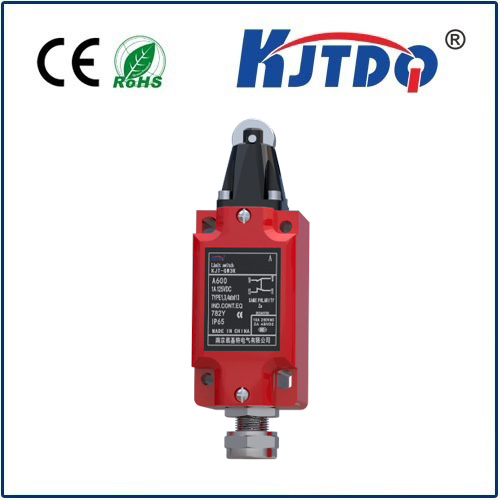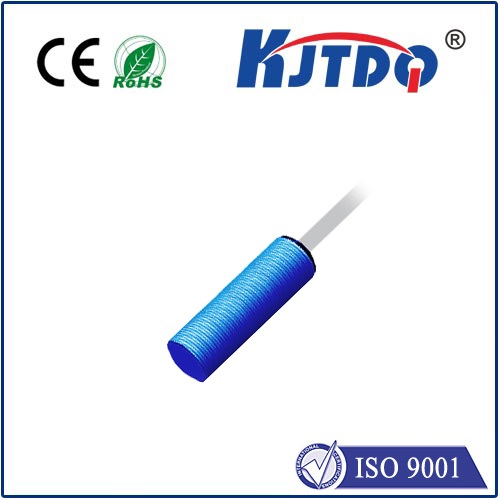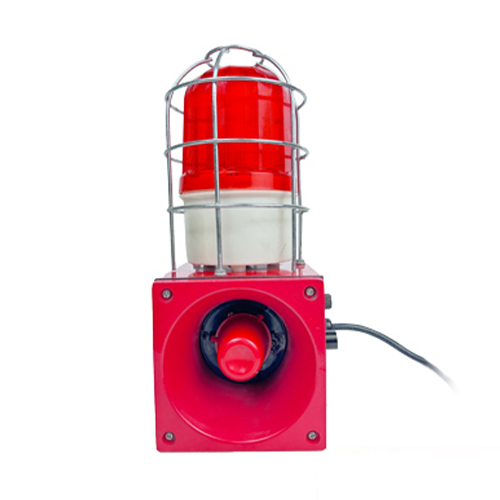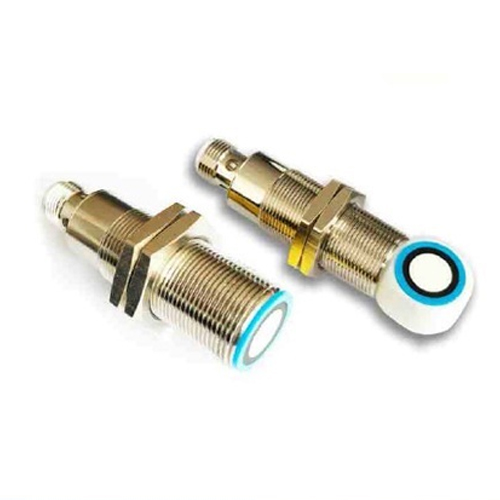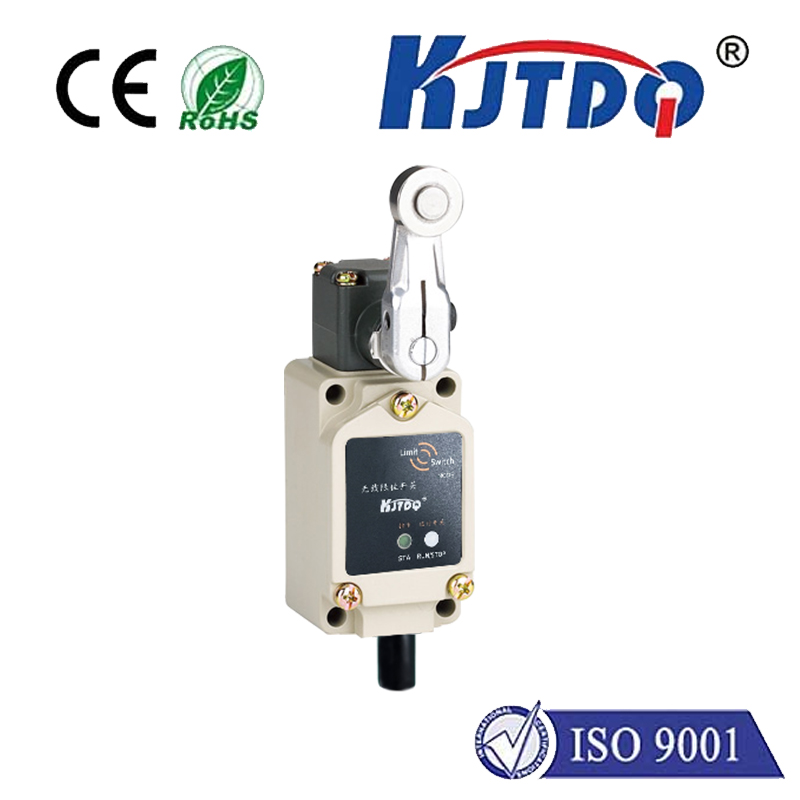fsl proximity sensors
- time:2025-09-06 03:02:09
- Click:0
Unlock Precision and Reliability: Mastering Object Detection with FSL Proximity Sensors
Ever grappled with unreliable object detection slowing your production line? Or needed pinpoint accuracy in harsh industrial environments where mechanical switches fail? In the relentless pursuit of efficiency and safety within automation and process control, non-contact sensing is no longer a luxury – it’s a necessity. This is where FSL proximity sensors, synonymous with robust and high-performance solutions from First Sensor LEM, step into the spotlight. Designed to excel where others falter, these sensors provide the critical eyes and ears that keep modern machinery running smoothly and safely, entirely without physical touch.
Understanding the Core: What Are Proximity Sensors?
At their essence, proximity sensors detect the presence or absence of an object within a specific range without requiring physical contact. They operate on various physical principles, with the most common types being:
- Inductive Proximity Sensors: Detect metallic objects (primarily ferrous metals like steel, but also non-ferrous like aluminum or copper with specific types/settings). They generate an electromagnetic field; when a metal target enters this field, it induces eddy currents, causing a change in the sensor’s oscillation that triggers a switching output.
- Capacitive Proximity Sensors: Detect both metallic and non-metallic objects (liquids, plastics, wood, granules, etc.). They sense changes in capacitance caused by the target object entering the electrostatic field generated between the sensor’s electrode and ground.
- Magnetic Proximity Sensors: Specifically designed to detect permanent magnets. Often used for sensing cylinder position (via magnet embedded in the piston) or detecting the presence of magnetic objects.
- Ultrasonic Proximity Sensors: Use sound waves to detect objects based on the time-of-flight principle, effective for various materials and over longer distances.
- Photoelectric/Optical Proximity Sensors: Use light beams (visible, infrared, laser) to detect objects by interruption (through-beam), reflection (retro-reflective), or diffuse reflection.
The FSL Advantage: Engineered for Industrial Excellence

FSL proximity sensors are built with the demanding reality of industrial applications in mind. What sets them apart?
- Robustness & Longevity: Engineered to withstand extreme conditions – shock, vibration, temperature fluctuations, dust, moisture, and even aggressive chemicals. This translates to significantly reduced downtime and maintenance costs. Their rugged housings (often stainless steel or high-performance plastics) and robust internal construction ensure reliable operation year after year.
- High Switching Frequencies & Precision: Modern machinery operates at incredible speeds. FSL sensors offer rapid response times and high switching frequencies, capable of detecting objects moving at high velocity, crucial for high-speed sorting, counting, and positioning tasks. Precision sensing distances ensure accurate detection even for small or challenging targets.
- Exceptional Reliability & Accuracy: Consistency is paramount. FSL sensors provide stable and repeatable detection, minimizing false triggers and ensuring processes run as intended. Advanced designs often feature immunity to electrical noise common in industrial environments.
- Versatile Mounting & Form Factors: Offering a wide range of designs – tubular (threaded barrels), rectangular block, flat-faced, shielded (flush mountable), unshielded (longer sensing range) – ensures the ideal sensor fits the specific mechanical constraints of your application. Various electrical connection types (pre-wired cables, M8/M12 quick-disconnect plugs) simplify installation and integration.
- Target Differentiation: Advanced inductive sensors can often distinguish between different metals or ignore specific materials, adding an extra layer of control.
Critical Applications: Where FSL Proximity Sensors Shine
The versatility and reliability of FSL proximity sensors make them indispensable across countless industries:
- Industrial Automation & Robotics: Position sensing of cylinders, end-arm tooling presence/absence, machine guarding, part detection on conveyors, robotic pick-and-place verification.
- Material Handling & Packaging: Detecting pallets, boxes, or products on conveyors, control of filling levels (capacitive), counting objects, stack height control, jam detection.
- Automotive Manufacturing: Precise positioning for welding robots, part presence verification in assembly lines, engine component detection, door/window position sensing.
- Food & Beverage Processing: Detecting bottles, cans, or packages (even through thin walls with capacitive sensors), monitoring fill levels in tanks or hoppers, ensuring cap presence.
- Machine Tool & Metalworking: Tool breakage detection, workpiece positioning on CNC machines, spindle orientation, coolant level monitoring.
- Process Control: Valve position feedback, pump status monitoring, level control in silos or tanks (capacitive/ultrasonic).
Selecting the Right FSL Proximity Sensor: Key Considerations
Choosing the optimal FSL proximity sensor ensures peak performance:
- Target Material: Metal? Plastic? Liquid? Choose inductive for metals, capacitive for metals and non-metals/liquids, magnetic for magnets.
- Sensing Distance: What is the required gap between the sensor and the target during detection? Ensure the sensor’s rated operating distance (
Sn) meets this requirement with some safety margin. Remember, actual sensing distance can be affected by target size, material, and environmental factors.
- Environmental Factors: Consider ambient temperature, potential for washdown/corrosive chemicals, dust levels, and vibration. FSL offers specific sensor lines rated for harsh environments (e.g., high IP ratings, chemical resistance).
- Output Configuration: Does your control system require a PNP (sourcing) or NPN (sinking) transistor output? Normally Open (NO) or Normally Closed (NC) switching behavior?
- Electrical Connection: Pre-wired cable, fixed cable length, or quick-disconnect M8/M12 connector? Consider ease of installation and maintenance.
- Form Factor & Size: Ensure the sensor physically fits within the available space. Tubular sensors are threaded for easy mounting; block sensors might offer bracket flexibility.
- Special Features: Do you need high-speed switching, analog output for distance measurement, IO-Link compatibility for diagnostics and parameterization, or specific certifications (ATEX for hazardous areas)?
Beyond Basic Detection: Reliability as the Foundation
While the core function is detection, the true value of an FSL proximity sensor lies in its unwavering reliability under pressure. In complex systems where thousands of detection events occur daily, the confidence that the sensor will perform consistently, cycle after cycle, in challenging conditions, is invaluable. It translates directly to:
- Increased Production Uptime: Fewer unexpected stops due to sensor failure.
- Enhanced Product Quality: Consistent detection ensures consistent processes.
- Reduced Maintenance Costs: Durable construction means less frequent replacement.
- Improved Safety: Reliable machine guarding and position feedback prevent accidents.
From ensuring a robotic arm grips a component correctly to verifying a bottle cap is sealed, or confirming a safety gate is closed, FSL proximity sensors are the silent, dependable sentinels underpinning modern automation. Their ability to perform critical detection tasks without physical wear and tear, combined with robust industrial design, makes them an indispensable tool for engineers and technicians striving for peak operational efficiency and safety. Selecting the right sensor for the job, understanding its capabilities and limitations, and trusting in the quality that the FSL name represents, empowers businesses to build smarter, more reliable, and more productive systems.






